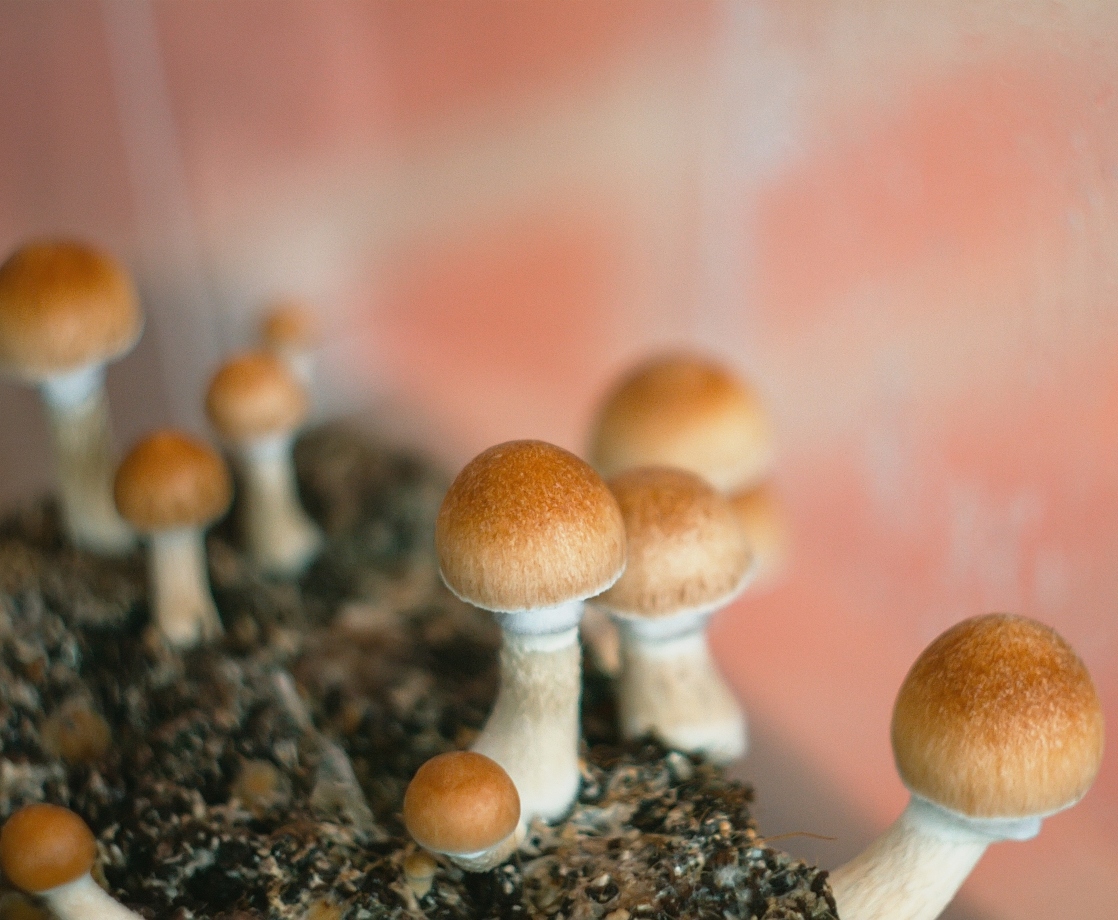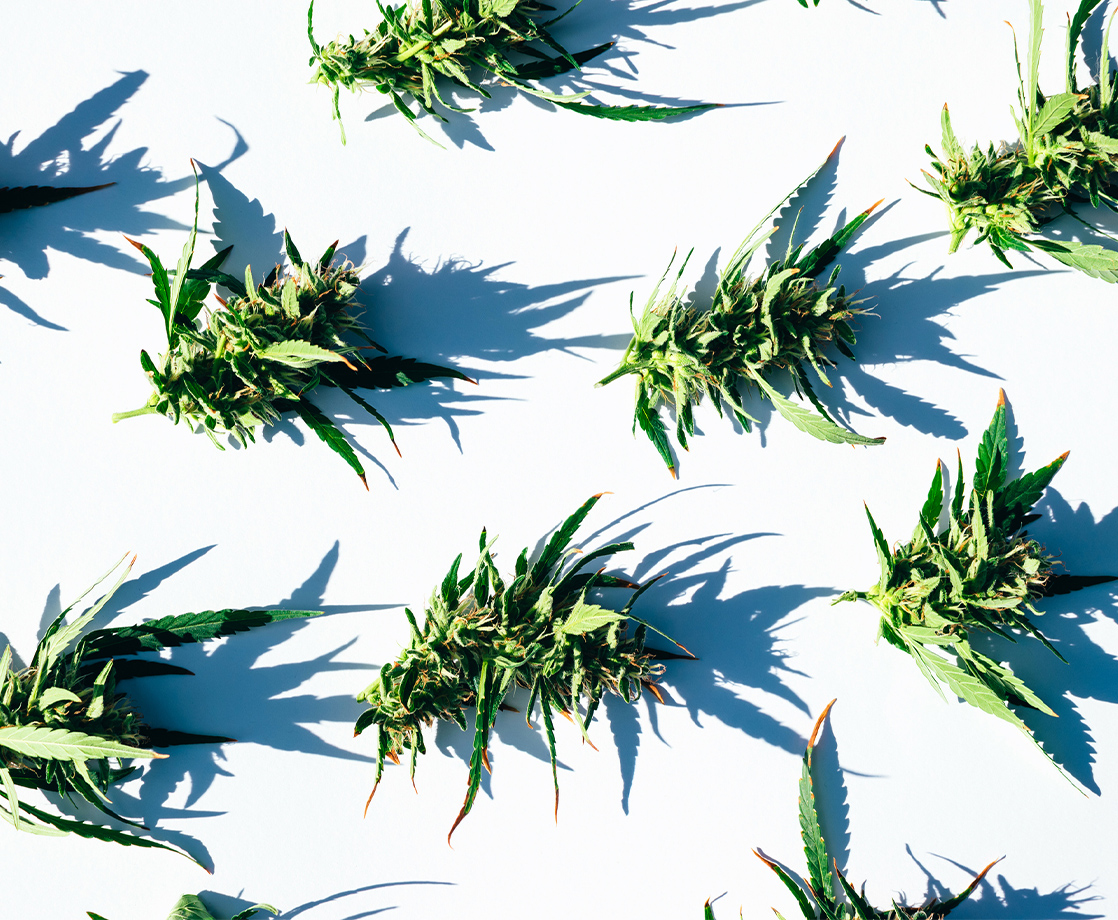Since the psychedelic heyday of the 1960s, researchers have explored the chemical composition of psilocybin, the primary psychoactive compound found in magic mushrooms. Scientists now know that the human body metabolizes this compound into psilocin, which can bind with the brain’s serotonin receptors to produce the psychedelic effects commonly associated with shrooms.
Although researchers have a pretty good understanding of how psilocybin works, the complete set of compounds found in these mushrooms is still a mystery to scientists. But we’re starting to gain headway. A new German study just revealed several new compounds that were previously associated with ayahuasca, a psychedelic brew traditionally prepared by the indigenous peoples of the Amazon.
Researchers have already discovered compounds like baeocystin, norbaeocystin, and aeruginascin, which coexist with psilocybin and psilocin inside these magic fungi. In the new study, researchers used nuclear magnetic resonance (NMR) spectroscopy to discover several additional compounds in four different species of psilocybin shrooms. These new compounds, which include harmine, harmane, and harmaline, are all part of a family of chemicals known as beta-carbolines.
Beta-carbolines are naturally occurring alkaloids, which have also been discovered in ayahuasca. Within this brew, the beta-carbolines act as monoamine oxidase inhibitors (MAOIs), which make it possible for DMT – the psychedelic component of ayahuasca – to be absorbed by the body. Beta-carbolines can also have some psychoactive effects of their own, as they inhibit the effects of serotonin, dopamine, and other neurotransmitters within the brain.
One important take-away from this study is the fact that the consumption of pure, isolated psilocybin may not have the same effects as consuming shrooms in their natural form. With cannabis, there is evidence that consuming the whole plant can create an “entourage effect” that is more potent than consuming any individual cannabinoid in isolation. This research suggests that there may also be an entourage effect associated with taking mushrooms in their natural form, as opposed to consuming lab-created psilocybin.
It is also notable that psychiatrists often prescribe MAOIs to treat symptoms of depression. Recent research studies have found that psilocybin mushrooms show surprising potential to treat depression, but it is unclear whether the beta-carboline MAOIs uncovered by this study could be responsible for this therapeutic effect.
The researchers conclude that “future pharmacological research is therefore warranted to determine to what extent Psilocybe beta-carbolines contribute to the actual psychotropic effects of magic mushrooms,” according to Psychedelic Review.











